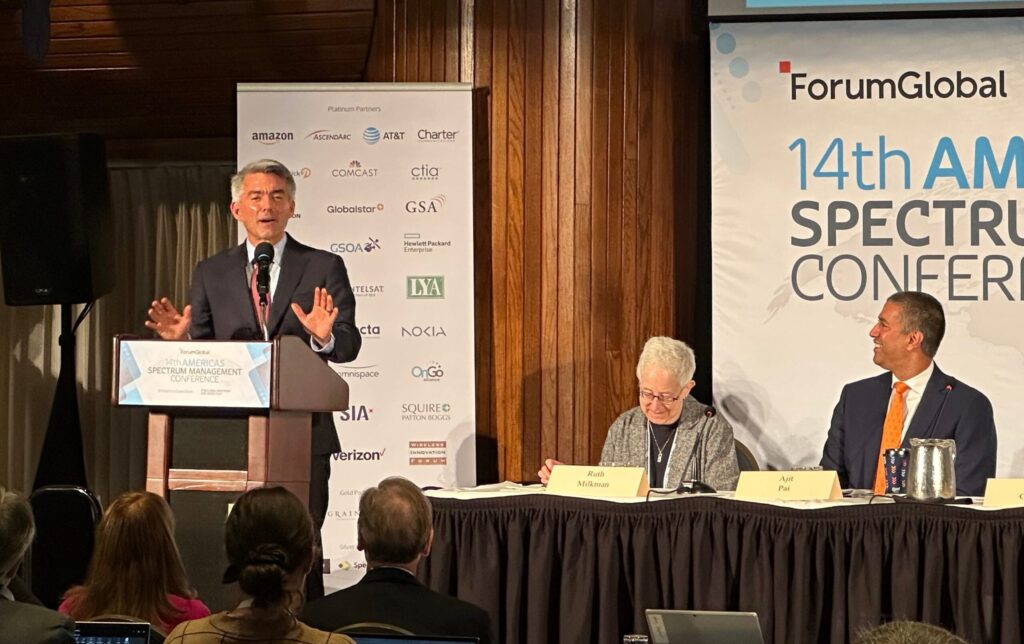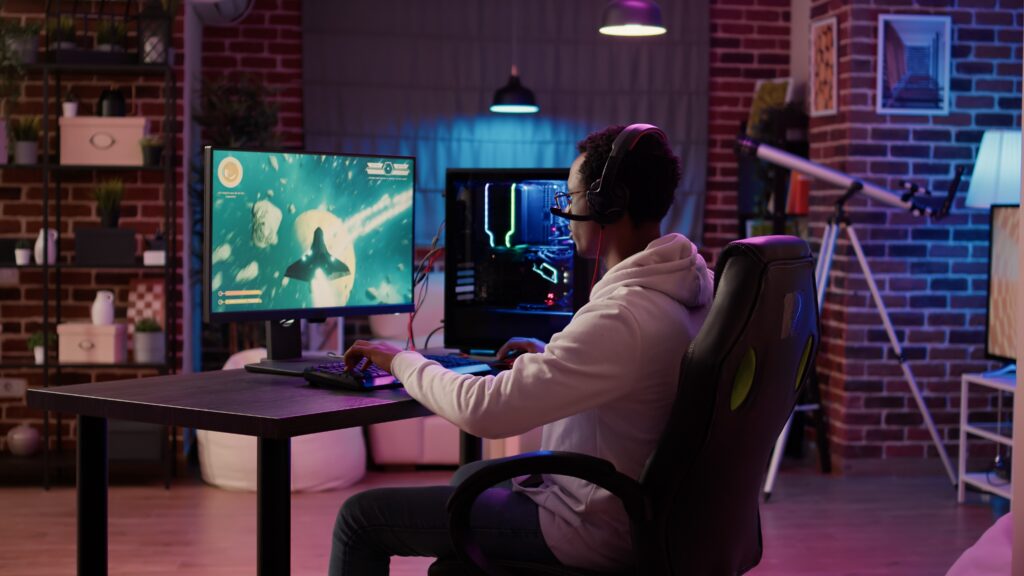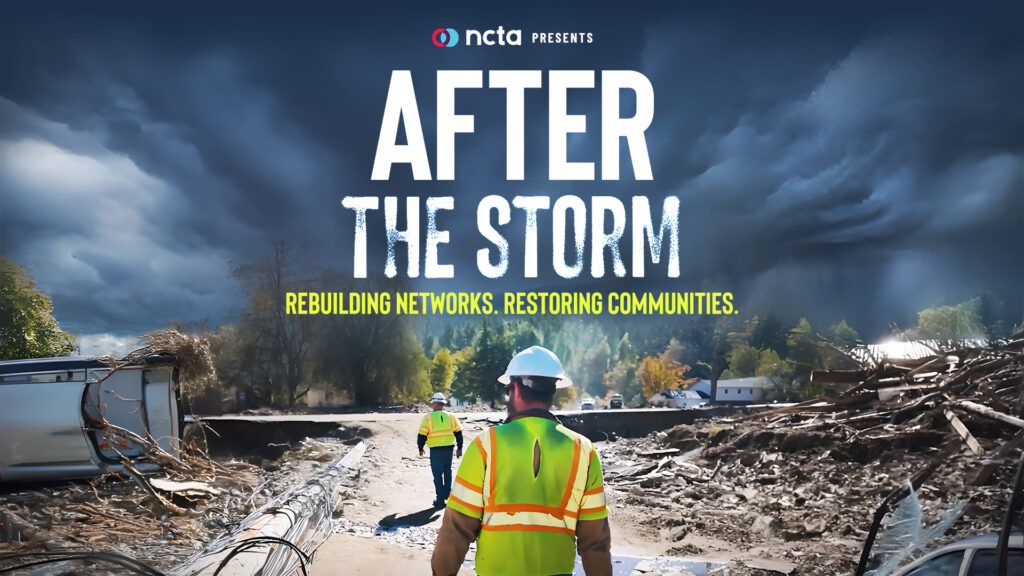Discovery has long been known for telling the story of all that is Earth. And while that core story hasn’t changed, the way the network is telling or will tell that story in the future will only get more intimate, personal, complimentary, and exciting. Launched last August, Discovery VR features content that not only plays off some of Discovery’s on-air programming, but that also spans several of Discovery’s linear and web-native networks and content that is independent of Discovery as well. Audiences can dive under water in the Bahamas and swim with sharks from the angle of a diver, up close and personal style. Or experience what it’s like to freeboard the streets of San Francisco from the perspective of a skateboarder.
Recently, we got the chance to speak to Conal Byrne, senior vice president of digital media at Discovery, who told us a little more about the network’s experimental dive into VR, where he thinks the medium is going, and how it might change the future of nonfiction storytelling.
Tell us why Discovery delved into the VR arena.
It’s not totally accurate to say we started exploring VR about a year ago, because it’s been a long time. There are a lot of techies and cutting edge content creators at Discovery–but it came in earnest about a year ago, when several of us started noticing a few stars aligning for VR. Smartphone capabilities were at a point where they could display content and function with several goggles. Tech adoption seemed to be very accelerated that there was almost no barrier to adoption.
We wanted to make sure this medium was not just an exciting one, but a scalable one. We felt that VR hit that point and that there were distribution types available, thanks to 360 degree video.
How did you get started?
We looked at our biggest on air shows. We began there with efforts to see new form factors and to play off things we were already doing. Is this an extension medium? Not sure yet. But we started with producing a VR piece for the Shark series and we loved it immediately. Then we started to produce more VR pieces that were not necessarily tied to our shows on air.
Why does your content lend itself well to VR experiences? And how is it changing your storytelling?
In some sense our mission is to celebrate the story that is earth. We’ve done that with new technologies whenever we could. [For example] when we released Planet Earth, that meant doing it in HD. The only other people pushing that medium were in sports. Audiences were demanding it. Then we came out with Planet Earth in HD and it helped validate that technology. We came back a few years ago with digital video to tell that story today. And we can’t overlook VR to do that. It will change the way we tell it. We’re thinking of an experience where you may be able to be transported to the Amazon rain forest, Machu Picchu or the Great Wall. All that technology will change the way we tell that story, and the emotion itself is just going to get more powerful. But the story itself is the same one we’ve always done, the one we’ve always told.
What kind of labor is involved in producing a VR show?
VR is such an immersive and overwhelming experience that the human brain says this must be very hard to make …. That’s only true to a certain extent. We wanted to learn how to make the VR experience ourselves. And we learned some parts are harder, some are easier.
When you shoot a 2D video series, the crew is usually bigger, it needs to be bigger to get that footage. But for VR, you don’t have that luxury. The world is always in frame, so your crew has to be pretty small wherever you go. You only send out two people because anyone else would get in your frame. The post production takes longer. That can take 5- 10 times longer than it takes to make 2D footage.
I like to call this phase of VR that we are in ‘aha or wow VR ,’ and as VR goes into phase 2, there will be a little more storytelling, more narrative.
In the third phase, you’ll probably start looking at 3D VR, which will be a truly immersive experience, where you can walk around in a room, possibly be there with friends and family. That will require some pretty cutting edge technology, but that’s definitely coming.
Is VR the future of television?
No, it’s not the future of television. That’s tying it to an old existing form factor. 360 degree video isn’t going to replace video, but it will have a seat at the table. Do I think VR is going to be a real substantial offering for people to consume content? Yes. TV and VR are complimentary – not mutually exclusive.
The larger and less satisfying answer is that I don’t know where VR is going in 5-10 years. I know it’s not going away, and I know we [Discovery] will continue to be a leader in it.
Discovery VR content can be found on Discovery.com, DiscoveryVR.com, through the Discovery VR Android and iOS apps, Discovery’s Facebook page and YouTube channel, Samsung MILK, across the Littlstar network, and Hulu VR.
This blog also appeared in CTAM Smartbrief. To sign up, click here.








